May 21, 2025 | 10:21 GMT +7
May 21, 2025 | 10:21 GMT +7
Hotline: 0913.378.918
May 21, 2025 | 10:21 GMT +7
Hotline: 0913.378.918
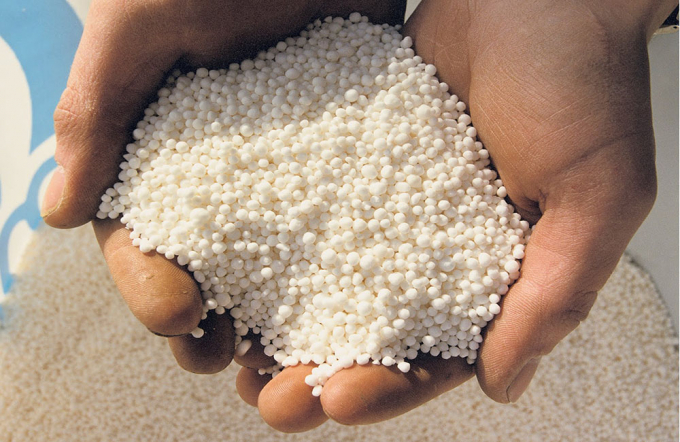
The price of urea increases drastically due to a possible dummy shortage. Photo: TL.
According to some traders in fertilizer sector, the hot rising of urea retail price in recent days might be caused by dummy shortage.
Recently, urea producers restrict or even stop exporting fertilizers, adding by a continuous production, make it impossible of being lack of supply in the market.
Besides, there is still a large volume of urea in warehouses that was sold to tier 1 agents, but those agents have not yet come to receive the goods. An anonymous source says, there are about 70,000 tons to 80,000 tons of urea sold to a tier 1 agent in warehouses of just one factory.
There are big questions.
Why do agents have not yet come to receive urea they bought to bring fertilizer into circulating in the market, while the urea price rises drastically and provinces from the South to the North are preparing for new season?
Is it possible that agents intentionally leave goods in factory warehouses to create dummy shortage to push up retail urea prices?
In fact, the urea price that the factory sells to the tier 1 agents is less than VND 13,000 per kg (as of October 11), but the retail urea price in some places has reached VND 16,000 per kg.
Differ with urea, the domestic market of potassium (kali) and DAP still needs import source, of which kali is imported as much as 100%.
The price of potassium fertilizer skyrockets in recent days. The reason is due to shortage of global supply.
Recently, potassium powder is offered at the price of US$ 600 per ton in South East Asia. Added by other costs, the price reaches VND 14,500 per kg.
Potassium flakes are also offered at a high price of more than US$ 700 per ton, plus the costs, the reaches about VND 16,000 per kg.
Domestic DAP factories produce a large amount of fertilizers every year. However, in order to meet the farmers’ demand for NPK fertilizer production and to use DAP to fertilize crops, Vietnam still has to import hundreds of thousands of tons of DAP each year from abroad, mainly from China.
In recent days, moves in China are causing great concern in Vietnam's fertilizer market. Specifically, there are reports that China is considering stopping fertilizer exports from November 2021 to June 2022.
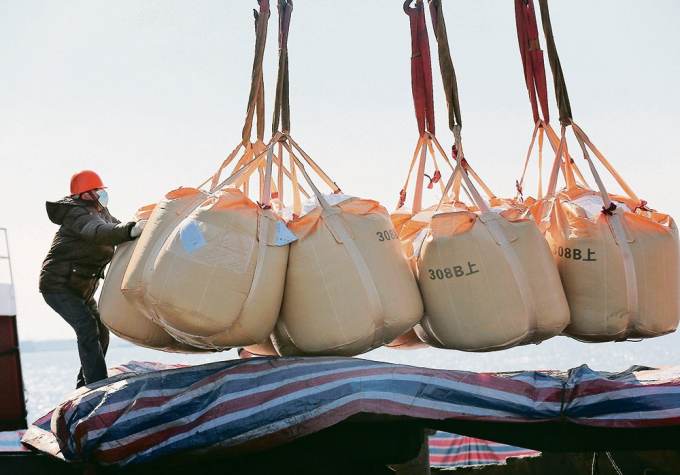
China is considering a possible halt of exporting fertilizers. Photo: TL.
Although China has not officially announced anything on these reports, information from some fertilizer importers indicates that, in the past two weeks, there have been almost no offering price lists from suppliers, fertilizer producers and traders in China sent to Vietnamese customers.
If so, it's only small batches with very high prices. For example, the price of DAP 64% to Lao Cai (Vietnam) is US$ 800 per ton (plus other costs, the price is about VND 21,000 per kg); or DAP 60% is US$ 760 per ton.
Major fertilizer export ports in China have also made moves to suspend fertilizer exports in the coming time. For example, the port of Qinhuangdao has stopped accepting fertilizers. The Port Authority of Huanghua has informed Chinese fertilizer exporters that once the current consignments are completed, they will refuse to accept any subsequent batches of fertilizer. The port of Tianjin will also stop receiving fertilizer after the urea is finished loading by the end of this month, etc.
Meanwhile, due to the difficulty of apatite ore sources, the price of DAP supplied to a tier 1 agent of a domestic company has risen to VND 15,500 per kg, but the supply is quite limited.
Facing such situations, in order to stabilize the supply and cool down the fertilizer market, some traders in the fertilizer industry believe that relevant ministries and sectors should take forceful and breakthrough solutions.
Regarding urea, it is necessary to check immediately whether or not many tier 1 agents are deliberately holding up fertilizers in order to create dummy shortage to push up prices.
Regarding potassium, in the context of a worldwide supply shortage and an upward trend in prices, it is necessary to have policies to support enterprises to boost imports, reserve domestically and stabilize selling prices for a certain period of time so as not to create difficulties for farmers' production.
Regarding DAP, in the context of a domestic supply and imports shortage, Mr. Vu Duy Hai - General Manager of Vinacam Group proposes the Ministry of Industry and Trade considering a suspension the implementation of safeguard tax for a while, in order to cool down the price of imported DAP that is being so high in Vietnamese market.
Mr. Hai pledged that if the safeguard tax on imported DAP is suspended, Vinacam will reduce the price accordingly (about VND 1 million per ton) when bringing imported DAP to the market.
The continuous high rise of fertilizers' price, specially urea, is causing may difficulties for farmers when entering the winter spring crop in the Mekong Delta, as they use mainly urea instead of potassium or DAP.
The average usage of urea for a hectare is about 200 kg. In the winter spring crop of 2020 - 2021, the price of urea was between VND 6,600 - 6,700 per kg. It cost farmers VND 1.32 - 1.34 million of buying urea for who applied the method of using a single kind of fertilizer.
But by this time, the price of urea rises to VND 16,000 per kg, much higher even as of a record high price in 2008. In case of using a single kind of fertilizer, the cost for urea for a hectare reaches VND 3.2 million, about 2.4 times higher than the previous winter spring crop.
Scientists once recommended that, to ensure profits for rice growers, the maximum price of 1 kg of urea should only be equivalent to the price of 2 kg of rice. In early October, the price of fresh rice in the field was on average over VND 5,000 per kg. Thus, the price of urea is now three times higher than the price of rice. With such urea price, it is not known how effective will the rice production of Mekong Delta in the winter spring crop 2021-2022 bring to farmers?
Translated by Khanh Linh
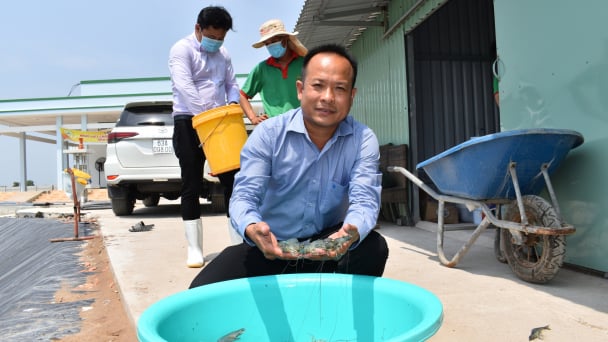
(VAN) One of the key factors for businesses to effectively take advantage of tariff preferences under these FTAs is the rules of origin.
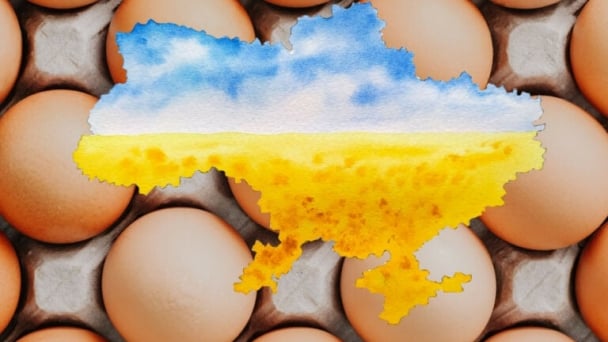
(VAN) Oliyar, a prominent Ukrainian oil and fat manufacturer, has revealed plans to build a farm for 2.3 million laying hens in the Lviv region. The additional production quantities promise to change the competitive landscape of the egg market of the Eastern Europe region.
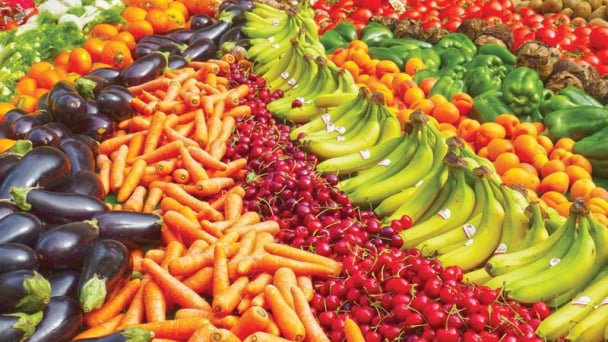
(VAN) On May 15, Ministry of Agriculture and Environment of Vietnam hosted the 'Connecting Vietnam - Germany agricultural, forestry and fishery trade' seminar in Berlin, Germany.
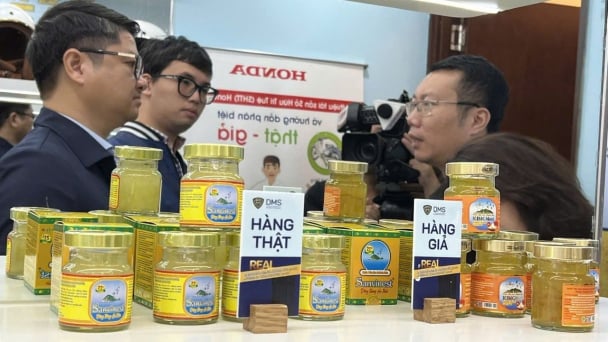
(VAN) In the face of counterfeit and imitation products, Khanh Hoa Salanganes Nest Company hopes for the prompt completion of the legal framework, strict enforcement against violations, and protection of the bird’s nest brand.
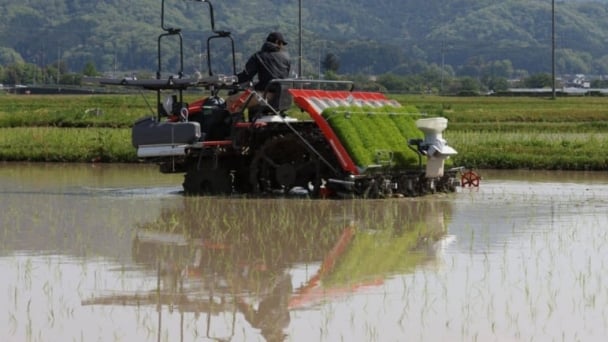
(VAN) Japan's efforts to lower the price of rice through the release of its stockpile may finally be making some progress, albeit at a snail's pace.
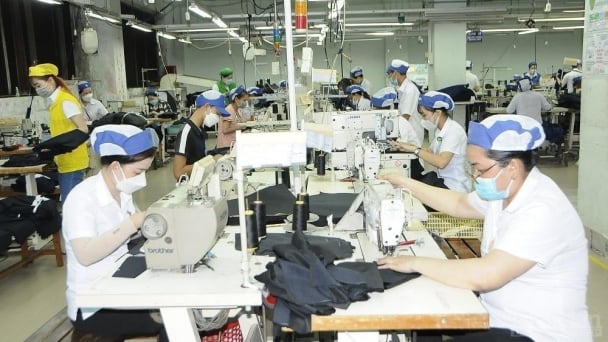
(VAN) U.S. tariffs are not only a 'shock', but also an opportunity for Vietnamese businesses to renew their mindset toward comprehensive development.
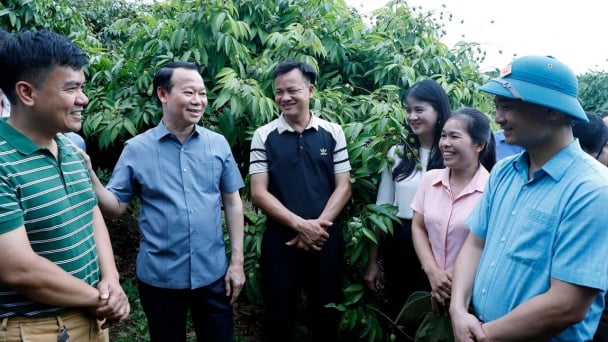
(VAN) As Bac Giang lychee enters the harvest season, Minister Do Duc Duy expects that the fruit will contribute greatly to agricultural exports due to standardized production and deep processing.